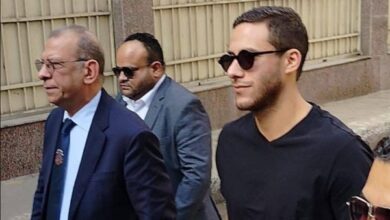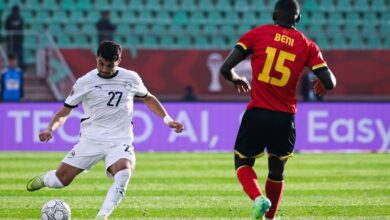
After nearly a decade of implementing the experiment at three different environmentally damaged sites in the Red Sea, and under the auspices and support of the United Nations Development Programme’s Global Environment Facility (GEF), environmental researchers from the Abu Salam Environmental Association and the Red Sea Reserves, in scientific collaboration with the Department of Marine Sciences at Al-Azhar University’s Faculty of Science, have announced the success of the project to rehabilitate destroyed coral reefs in Hurghada.
Mohamed Abdelghani, the project’s executive director at the Abu Salam Association, considered the project to be one of the most successful environmental projects implemented to rehabilitate and replant coral reefs in a natural way. He explained that during the recent inspection of the planting models, the growth of many types of hard and soft corals was observed on the planting models, in addition to the appearance of many other marine creatures and colorful fish.
The successful natural rehabilitation of coral reefs in this project has opened up new possibilities for environmental researchers, highlighting the need to restore damaged coral reef areas and potentially incorporating such restoration costs into the fines imposed by law on those responsible for the destruction.
This project is the first of its kind in the region to move beyond the study and monitoring phase to the stage of active participation in solving environmental problems, representing a successful model for the rehabilitation of damaged coral reefs in the Red Sea.
Hashim Madkour, President of the Abu Salam Association, praised the scientific collaboration between the association, the Natural Reserves Sector, Al-Azhar University’s Faculty of Science, and the United Nations Development Programme’s Global Environment Facility (GEF).
The project aims to rehabilitate coral reefs in areas that have been destroyed from the coast by providing artificial surfaces made of environmentally compatible materials suitable for receiving coral reef larvae and their natural growth. The project also addresses the challenges facing coral reefs, such as recreational activities and unsustainable human activities.
Madkour explained that the coral reef restoration and planting project serves as a model for the efforts of civil society organizations to conserve the Red Sea’s natural resources. This is achieved through the implementation of scientific monitoring programs, environmental research, and activities to raise awareness of the value of biodiversity in the Red Sea, promoting positive change and environmental conservation.
Madkour further elaborated that the project targeted the rehabilitation of three areas of damaged coral reefs in the Hurghada region, Makadi Bay, Abu Sodfa, and Abu Minqar Lighthouse. Models were installed in the three areas, and all of them successfully received soft and hard coral larvae that grew successfully. The success of the rehabilitation and planting experiment encourages the establishment of new coral reef planting sites in other damaged areas.




